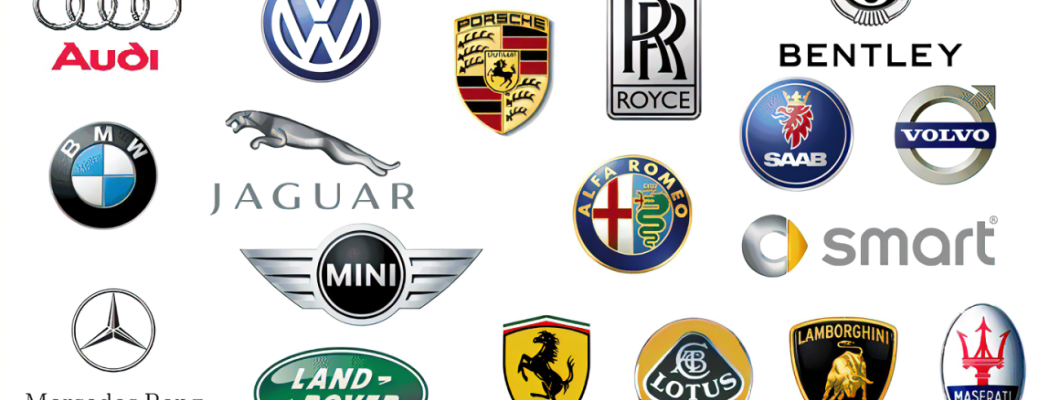
OEM vs. Aftermarket Bumpers: Pros and Cons
When it comes to replacing your vehicle’s bumper, one of the biggest decisions you’ll face is choosing between an OEM (Original Equipment Manufacturer) bumper and an aftermarket bumper. Each option has its own set of advantages and drawbacks. In this guide, we’ll break down the key differences to help you make an informed choice.
OEM Bumpers
OEM bumpers are made by the original manufacturer of your vehicle. These bumpers are designed to match the exact specifications of your car’s original bumper.
Pros of OEM Bumpers:
Perfect Fit: Since OEM bumpers are made specifically for your vehicle model, they fit perfectly without modifications.
Guaranteed Quality: OEM bumpers are built to meet factory standards and maintain the safety features designed by the manufacturer.
Factory Warranty: Many OEM bumpers come with a warranty, offering peace of mind.
Consistent Look: OEM bumpers ensure that the vehicle maintains its original appearance, which is important for resale value.
Cons of OEM Bumpers:
Higher Cost: OEM bumpers are typically more expensive than aftermarket alternatives.
Limited Availability: Finding an OEM bumper, especially for older or discontinued models, can be challenging.
Less Variety: OEM bumpers are only available in stock designs and do not offer customization options.
Aftermarket Bumpers
Aftermarket bumpers are produced by third-party manufacturers and are available in a variety of styles, materials, and price ranges.
Pros of Aftermarket Bumpers:
More Affordable: Generally, aftermarket bumpers are more budget-friendly than OEM options.
Variety of Choices: A wide range of styles and materials are available, allowing for customization.
Easier to Find: Aftermarket bumpers are widely available and can be purchased from many retailers.
Cons of Aftermarket Bumpers:
Potential Fitment Issues: Some aftermarket bumpers may not fit as precisely as OEM ones and may require adjustments.
Varied Quality: While some aftermarket bumpers are well-made, others may use lower-quality materials that reduce durability.
No Manufacturer Warranty: Unlike OEM bumpers, aftermarket options may not come with a warranty, leading to potential additional costs if issues arise.
Which One Should You Choose?
The right choice depends on your priorities:
If you want a guaranteed fit, high quality, and factory warranty, an OEM bumper is the best option.
If you’re looking for affordability, customization, and wider availability, an aftermarket bumper might be the better choice.
Final Thoughts
Both OEM and aftermarket bumpers have their advantages and disadvantages. Consider your budget, needs, and the importance of fit and quality before making a decision. Regardless of your choice, always ensure that the bumper meets safety standards and is installed correctly.
Stay tuned for more guides on bumpers and headlights to help you make the best decision for your vehicle!


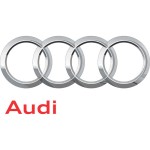

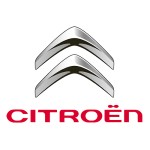

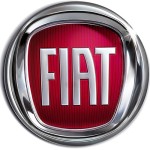
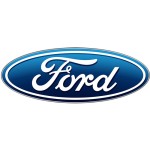
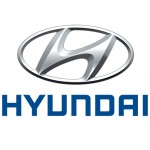
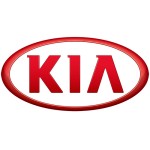
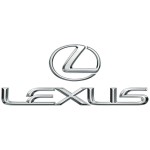
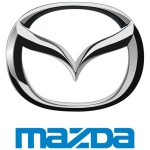

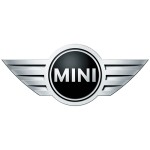
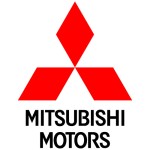
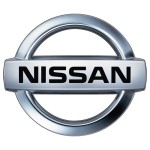
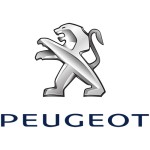
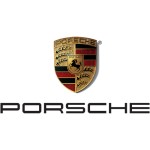
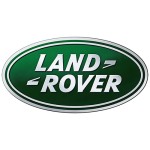


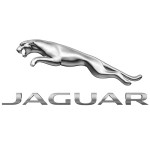
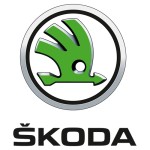
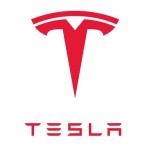
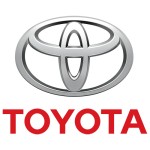

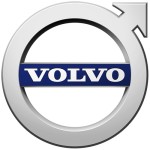

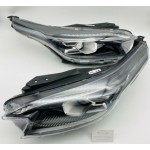
Leave a Comment